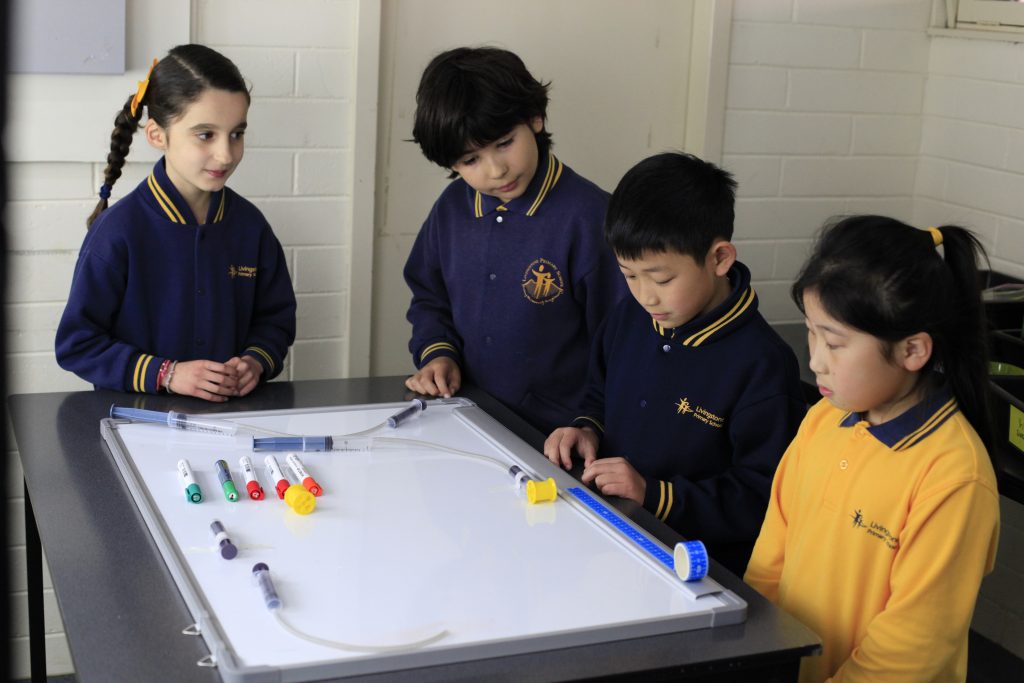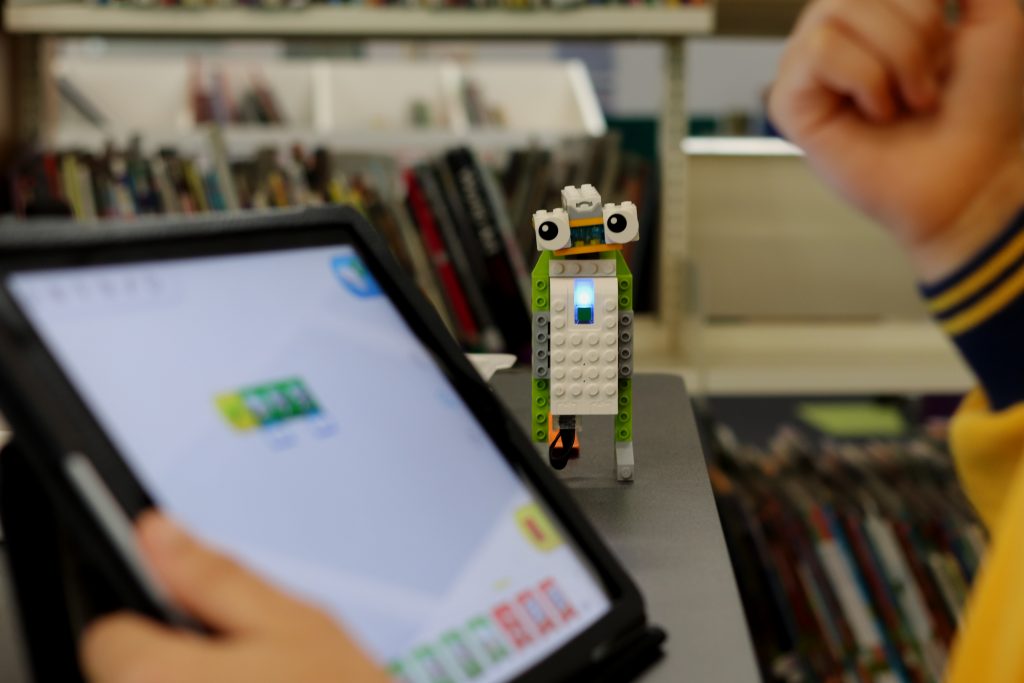STEAM
Innovate, Create, Explore.


Inspiring Innovators of the Future
At our school, STEAM (Science, Technology, Engineering, Arts and Mathematics) empowers students to become creative thinkers, problem-solvers, and collaborative learners in an ever-evolving digital world. Through hands-on learning, real-world challenges, and cutting-edge technology, students from Foundation to Year 6 engage in meaningful projects that blend curiosity with innovation.
Our STEAM curriculum is structured to progressively build students’ digital fluency, design thinking, and technical skills throughout the year.
Students participate in regular STEAM Skills specialist lessons, and draw on the skills they build across all other areas of their learning.
STEAM Skills Overview
Our STEAM program offers students a rich and varied learning experience across the year, designed to build essential skills in creativity, problem-solving, collaboration, and critical thinking.
In Term 1, the focus is on developing digital literacy through engaging technology-based projects. Students are introduced to foundational coding, robotics, and invention-based tools that build their understanding of computational thinking and systems.
Term 2 shifts toward applied technologies and design thinking, where students engage in hands-on, practical challenges that integrate engineering concepts, 3D design, and mathematical thinking. Through construction kits, digital tools, and problem-solving tasks, students learn to design, test, and refine their ideas.
During Term 3, the spotlight turns to Media Arts, encouraging digital creativity and storytelling. Students explore various multimedia tools to express ideas through animation, filmmaking, photography, audio production, and visual design.
In Term 4, students consolidate their learning through interdisciplinary and innovative tasks that integrate their skills in coding, design, and technology. These projects often combine multiple STEAM elements and encourage independent exploration, logical reasoning, and collaboration.
Students also participate in low-tech STEAM experiences throughout the year, using screen-free materials to tackle engineering challenges and explore the design cycle in a tactile and collaborative way.

